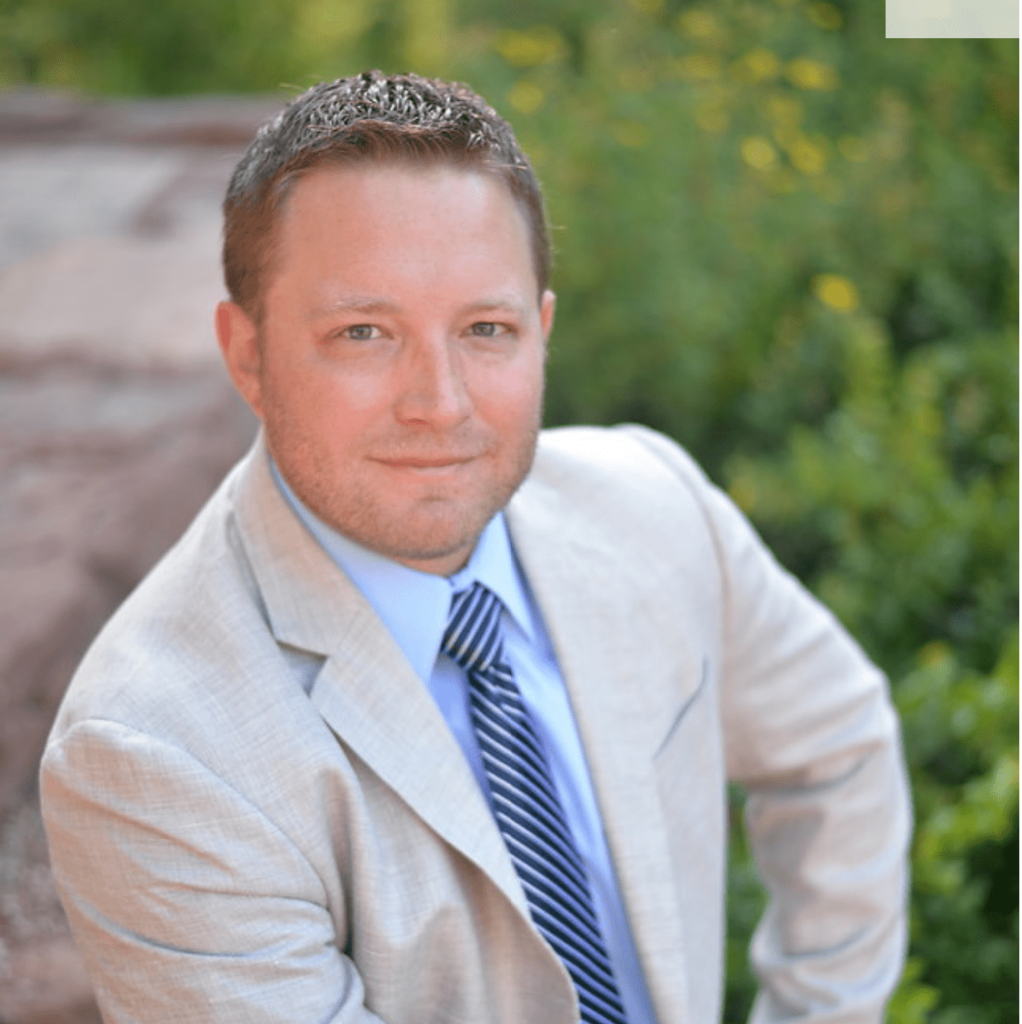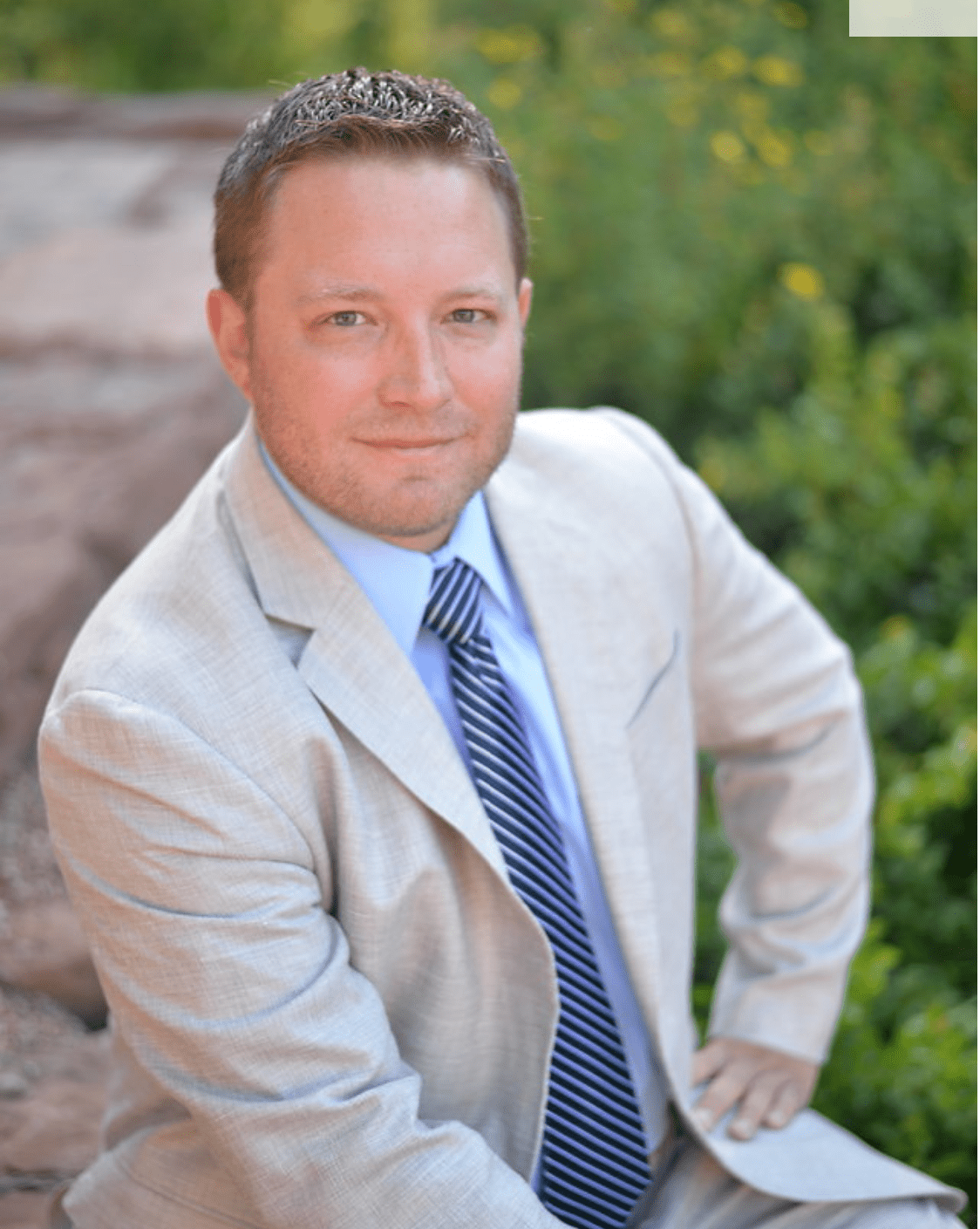
“I saved every issue that I worked on, I still have ‘em boxed away,” says Gabe Hogan, “Top o’ the World” Editor during the 2010-2011 academic year. “College newspapers are just such an awesome thing, because it can be punk rock if you want it to be, man,” relays Hogan, who readily admits his history as a pot-stirrer with the newspaper on campus.
“I got into a lot of controversy when I was Editor, I loved it. I pissed everyone off, it was beautiful.”
Hogan came to Western as a non-traditional student with a background in journalism, reporting, and photography throughout Texas and Colorado. His background included a stint in Aspen where he produced and co-hosted a morning radio program before moving over to the production side.
Unfortunately, Hogan’s timing was inopportune, and he was laid off in the wake of the Great Recession. In the fallout from the recessions, Hogan made the decision to attend Western to earn a degree in Business while fulfilling his skiing and mountaineering passions as a self-described “high country nut” who later completed all the state’s 14ers.
When Hogan came into the Editor role, he was focused on establishing weekly consistency in publishing for a paper that had previously vacillated widely in both quantity and quality, an effort which emphasized assigning dedicated weekly columns to much of Top’s staff. With a consistent paper coming out weekly, Hogan ventured out and started selling advertising opportunities to generate additional funding for the enterprise.
At the time, Top was receiving some mentorship from the Gunnison Country Times (GCT), including former Editor Chris Dickey. Hogan offers that in the early days, the team was a rag-tag collection of writers and photographers: “It was Bad News Bears style,” he says with a chuckle.
But Hogan put the pedal to the metal, setting off on a mission to return the paper to a higher degree of relevance at Western, both for entertainment and informational pursuits. Before his journalism and production ventures, Hogan had attended Texas Tech for a stint, and saw that a solid campus newspaper could serve as the lifeblood of university life and discourse. He wanted to help Top achieve that level of relevance once more.
Hogan recalls that Top’s office had been booted out of Taylor Hall during its renovation period and moved into what was essentially a basement dorm room. Accordingly, Hogan set off on a quest to furnish and upgrade the new space, acquiring tables, chairs, and a mini fridge to make the office more agreeable.
“I turned our newsroom into something a little more cushy and fun. They told us they were going to gut and remodel this [room] when we got done, so we wrote on the walls, wrote on the ceiling tiles,” says Hogan. That kind of attitude instilled a sense of comradery within the paper’s staff. “I would sneak a case of beer in, we would blare music, jam out, laugh, drink beer, and have fun with it…we became a family,” recalls Hogan.
Hogan also set out to open up the paper’s distribution, personally delivering papers around town to various businesses in an effort to get Top’s name out into the community, and to help sell more ads. “I would litter the town every Wednesday,” adds Hogan. The paper was free to read, and the focus was on obtaining readers attention and converting readers to advertising dollars.
Hogan was not shy about sharing his personal views on relevant issues. “I pissed a lot of people off…when ObamaCare came out I wrote one [column] called ‘Eulogy to the middle class,” says Hogan. Hogan also caused a stir with suggestions to ax Western’s liberal arts programs.
For that opinion and a few others, he took a fair deal of heat from many of his fellow students, and from faculty and staff across campus. But in his personal dealings, Hogan made it a point to cultivate close relationships with a variety of campus sources, and to notify those he criticized in advance of the paper’s publication, including an offer for the right to rebut. Editorial balance, Hogan notes, is key to the whole equation.
“A lot of my [newspaper] team completely disagreed with me on a very fundamental level, but they stuck by me, because I didn’t surprise them. I told them what I was writing…and I had a lot of writers that would write articles contradicting me, and I would publish them,” adds Hogan.
He wanted to see the full spectrum of community engagement, which included developing a regular relationship with then-president Jay Helman, who frequently wrote into the Top to address the student body.
Hogan viewed his weekly column as a way to keep himself sharp and engaged, both with the student newspaper, and with campus issues. Another facet was simply setting an example of consistency for his newspaper staff.
“If I am telling people: ‘I expect you to do something,’ [I need] to be in the trenches with them and do it as well,” Hogan says. He didn’t want to be the proverbial “man behind the curtain,” instead opting to put his views out into the world for dissection and rebuttal. ‘I wanted to start a conversation, and get people engaged,” he recalls.
Hogan remembers an incident regarding the men’s lacrosse team where Western’s fans were “guzzling” beers on school property and using profane, offensive language towards the opposing competition (including anti-gay slurs) in front of a spectator group that included families and children.
Hogan told his reporter to “write it as it is, don’t censor yourself…we printed ‘fuck’, we printed ‘shit’, I told him to print the quote…you write it as you heard it,” recalls Hogan, who intended the article to serve as a “flashpoint” for campus discussion and possible change.
That story ignited quite an uproar on campus for a while, and led some to decry what they believed had become out-of-control behavior by Western’s fan base. The article implied a connection between the fan’s behavior and the team’s dirty play, and the president of the Lacrosse Club wrote in the next week in an attempt to distance himself from the fans and explain his point of view. Ultimately, Hogan cites the whole saga as evidence of what a student newspaper can be at its most effective.
“A student newspaper is meant to do that, to invoke conversation…when you get out [into] the real world, you’re going to have a lot of people censoring you, telling you what to do and not do… so let’s grab the bull by the horns,” says Hogan.
Another article that stands out to Hogan was a commemorative 50th year anniversary article on a near-tragedy on Monarch Pass, when the football team was coming down on the Salida side of the pass after a complete brake failure.
Fortunately, the bus driver managed to steer the team to safety, directing passengers to jump within the bus, shifting their weight to assist in keeping the bus on the road. Hogan and his team were able to talk to survivors of the near tragedy for the story. Back in 1971, eight junior varsity football players and a coach perished in a horrific accident on Monarch Pass.
When asked about his favorite newspaper memory, Hogan cites graduation and the formal marking of his tenure’s conclusion as Top editor. “Seeing that all the marathon, all the work and everything else: it didn’t fall apart, looking back on the journey was the proudest moment. Knowing that we persevered through ups and downs…we tried to appreciate all of it,” says Hogan.
“Top o’ the World”, now more than a decade in the rearview mirror, still holds a special place in Hogan’s mind. ‘My time at the Top was just so special,” says Hogan, citing the companionship amongst the Top team, the constant on-the-fly problem solving, and the skills he learned managing and working with people as particularly memorable.
“To have the [student] voice, and to have something we’re proud of, to look at it and know we sparked conversations and engaged people…it was such an awesome thing,” says Hogan, who believes that Top ultimately did end up serving as a campus unifier over his tenure.
Immediately after leaving Gunnison for the low-country in South Carolina, Hogan deliberately put Western and Top in the past, fully relinquishing control and allowing the rising students to take the proverbial helm.
“Being a student and being the Editor and everything else, it’s a snapshot for you and your life. You have got to move forward in your own life and your own career and your own path,” says Hogan, who adds that distancing himself from the high country was also an act of self-preservation. “I’m not going to watch this snow report when I can’t enjoy it.” But even today, he often remembers his years with “Top o’ the World” with fondness.
In his weekly columns, Hogan noted that he wanted to go on to law school, a goal that soon became a reality. Hogan studied Business at Western and went on to graduate with a law degree from the Charleston School of Law in 2013, and an LLM from Southern Methodist University’s Dedman School of Law in 2014.
Hogan then pursued a career in tax preparation and law that brought him back to Colorado for several years. Nowadays, Hogan is working as a federal agent with the Internal Revenue Service (IRS) back in Charleston, but still reminisces on his time as Top’s Editor.
“The Top is a lot more badass of a vehicle than people realize: find second gear, find third gear, get up on the highway [and] have some fun with it,” advises Hogan.
Editor’s note: Stay tuned for more coverage of past Top Editors.

